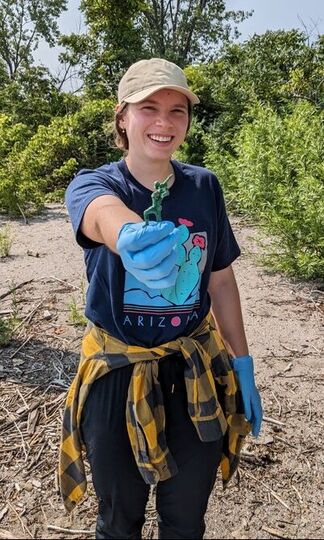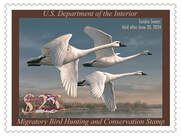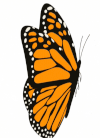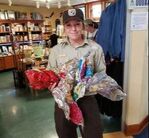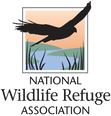Take Action.
|
Taking action to protect our environment is crucial, and there are many simple yet impactful ways individuals can contribute. From reducing single-use plastics and conserving water to supporting sustainable practices and wildlife conservation efforts, there are plenty of opportunities for everyone to make a difference. Whether it's planting a tree, participating in beach clean-ups, or choosing eco-friendly products, each small step adds up to a healthier planet for future generations. Explore our resources to learn more about how you can play a part in conservation efforts on an individual, local, and national level, and inspire others to do the same.
One of the easiest things that you can do is to connect with us online if you haven't already! Check out our social media channels @friendsofottawanwr or #ottawanwr. |
|
Federal Duck Stamp Purchasing a Federal Duck Stamp is one of the easiest ways that anyone can support bird habitat conservation. Federal Duck Stamps are conservation revenue stamps; 98 percent of the purchase price goes directly to help acquire and protect wetland habitat and purchase conservation easements for the National Wildlife Refuge System. |
|
Conservation at Home Friends of Ottawa National Wildlife Refuge encourages you to create habitat close to home. Planting native plants is one of the single most important things that you can do to support our dwindling pollinator and bird populations as they provide nectar and seeds that our wildlife depend upon. Enjoy these resources gathered to help you learn more about attracting wildlife to your own yard. Together, we can make a difference for birds and wildlife. |
|
Say No to Balloon Releases When a balloon is let go, it will blow away, only to burst or deflate & return to pollute the Earth. They can travel thousands of miles before landing in a forest, field, lake or ocean. No ecosystem is safe. Balloon pollution is a global issue. At Ottawa National Wildlife Refuge, we pick up hundreds of balloons each year. Learn more about safe alternatives to releasing balloons here. |
|
Volunteer Volunteers support Ottawa National Wildlife Refuge in a variety of ways, from doing trail maintenance to operating the Visitor Center desk and Nature Store. Please fill out the form on this page to let us know how you would like to help! |
|
Become an Advocate One of the most important things you can do is advocate for the National Wildlife Refuge System. Visit the National Wildlife Refuge Association's Action Center and join their mailing list to invitations to sign on to letters to Congress advocating for wildlife protection and habitat preservation. |


